The appropriate arrangement of military bases in the Middle East will help the US effectively deal with Iran's unpredictable tactics in the face of escalating situations in the region.
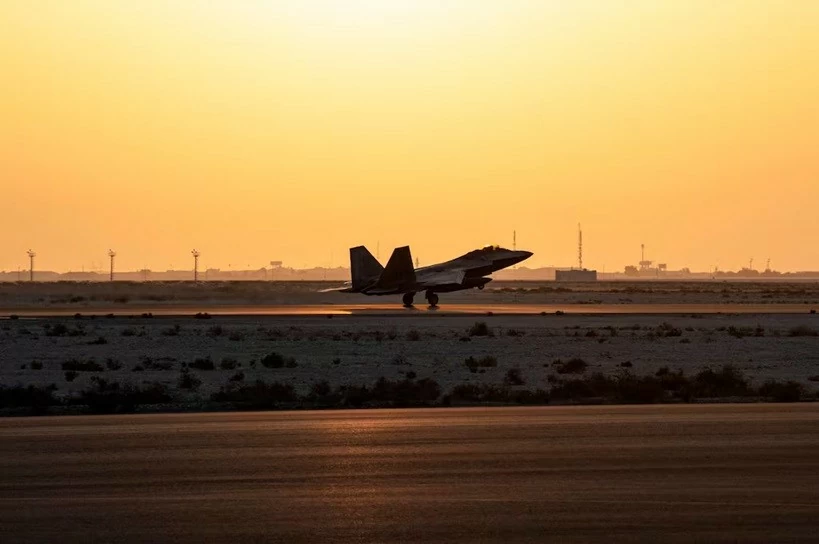 |
| A US Air Force F-22 Raptor arrives at Al Dhafra Air Base in Abu Dhabi, UAE, February 2022. (Source: AFP) |
In a recent tactical analysis on the Military Times, General McKenzie of the US Marine Corps, former Commander of the US Central Command (2019-2022), Hertog Fellow Emeritus at the Jewish Institute for National Security, assessed the important approach of the US to military bases in the Middle East in the context of escalating Israel-Iran tensions. TG&VN translated the analysis.
Reassessment of military base layout
In many conflicts, geography is seen as a “destiny” factor. But when it comes to US military bases in the Middle East, this is not necessarily the case. The current US base structure reduces the US military’s ability to deter Iran and its ability to fight effectively in a high-intensity scenario. Therefore, the US needs to make calculations so that geography does not affect its calculations in the Middle East.
Assuming that if the US enters a full-scale conflict with Iran, the existing military bases will become useless if Iran attacks continuously. The Iranians may have grasped this weakness and have produced a large force of missiles and drones to gain an advantage.
Therefore, more than ever, the US needs to reassess the reality of its military bases in the region and come up with plans for all situations, including unforeseen ones. The US presence at existing bases is an important assurance for countries that are US allies in the region. Therefore, the US is unlikely to leave bases such as Al Dhafra in the United Arab Emirates (UAE) and Al Udeid in Qatar.
In addition, the United States should work with Saudi Arabia, Jordan, Oman, and Egypt to identify bases as far west as possible where the United States could deploy aircraft, maintenance facilities, refueling capabilities, and weapons.
The United States is now beginning to implement some of these important tasks. The United States and Saudi Arabia have decided to establish a “Western Base Network” to evaluate bases near the Red Sea for use in the event of an escalation of the conflict. Air base facilities in Oman, Egypt, and Jordan have not yet been developed but are being carefully considered. The United States’ Joint Air Operations Center at Al Udeid is also focusing on addressing weaknesses in air command and control.
Flexible, untraceable combat
What is the US approach being planned? It is a “flexible warfighting” tactic, based on warnings and signs of conflict, US military assets will be able to move to western bases along the Arabian Gulf. Iran’s access to these areas will be difficult, and Iran will also have difficulty determining which bases US military aircraft operate from.
In the event of hostilities, US fighters would take off from distant bases, refuel en route, and conduct combat missions. Depending on the course of the war, they could land and refuel/rearrange at existing forward bases in the Arabian Gulf, minimizing their time on the ground and increasing their “cycle speed.” Regardless, these fighters would return to their western bases for “rest.”
These bases do not require large-scale investment, and can be rudimentary or only minimally equipped, but are necessary to ensure important US interests in military decisions in the region.
In addition, in 2021, Israel joined the US Central Command (CENTCOM) Area of Responsibility (AOR). Therefore, the US can now consider stationing troops in Israel in the event of a conflict with Iran. Israel has the same geographical advantage as being stationed in western Saudi Arabia or other Arab countries. In addition, Israel has strong air and missile defense capabilities, which have been proven. Israel's participation in CENTCOM also facilitates training, interoperability, and even maintenance of military equipment.
In particular, an advantage in the US’s tactical calculations in the region is the growing normalization of relations between Israel and Arab countries. This has become diplomatically possible through Israel’s signing of the Abraham Accords in 2020 with the UAE and Bahrain, thereby promoting the exchange of information and tactics with the intermediary of the US.
Iran's massive and complex attack on Nevatim Airport in Israel on April 13 failed because of Israel's capabilities with the support of the US, its allies and the cooperation and information sharing of its Arab neighbors.
For the Middle East, deterrence must continue. The events of the past two months have made it clear that Iran can be deterred from carrying out major attacks in the region. However, to ensure that in more distant scenarios, the United States must strengthen its resources and combat capabilities.
The United States must act decisively to develop basing alternatives that will enhance its readiness and gain an advantage in a prolonged, high-intensity conflict with Iran. Geography is important, but it is not everything. Clearly, the willingness to rapidly redeploy bases and continually strengthen combat capabilities will ensure the regional landscape.
Source: https://baoquocte.vn/my-bay-binh-bo-tran-hoa-giai-yeu-to-dinh-menh-trong-xung-dot-o-trung-dong-iran-vao-the-bi-tung-hoa-mu-289688.html




![[Photo] Prime Minister Pham Minh Chinh attends the annual Vietnam Business Forum](https://vphoto.vietnam.vn/thumb/1200x675/vietnam/resource/IMAGE/2025/11/10/1762780307172_dsc-1710-jpg.webp)

![[Photo] Prime Minister Pham Minh Chinh attends the Patriotic Emulation Congress of the Ministry of Foreign Affairs for the 2025-2030 period](https://vphoto.vietnam.vn/thumb/1200x675/vietnam/resource/IMAGE/2025/11/10/1762762603245_dsc-1428-jpg.webp)



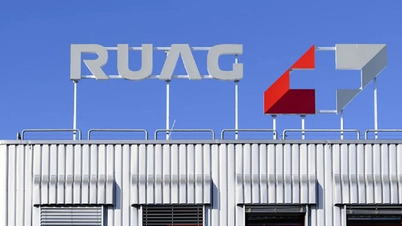


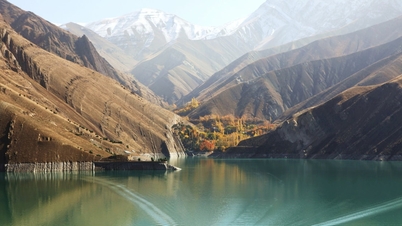



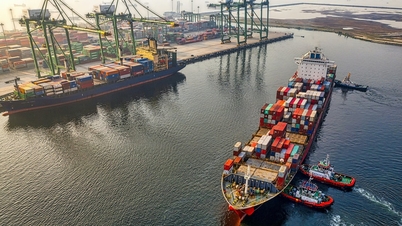













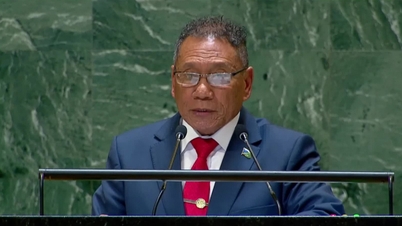






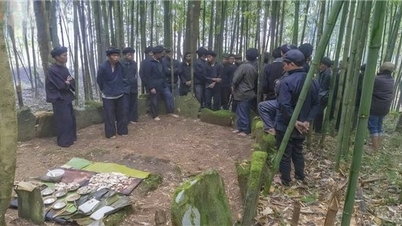












































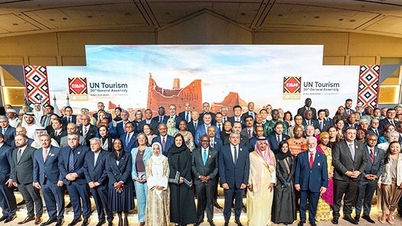












![Dong Nai OCOP transition: [Article 3] Linking tourism with OCOP product consumption](https://vphoto.vietnam.vn/thumb/402x226/vietnam/resource/IMAGE/2025/11/10/1762739199309_1324-2740-7_n-162543_981.jpeg)











Comment (0)